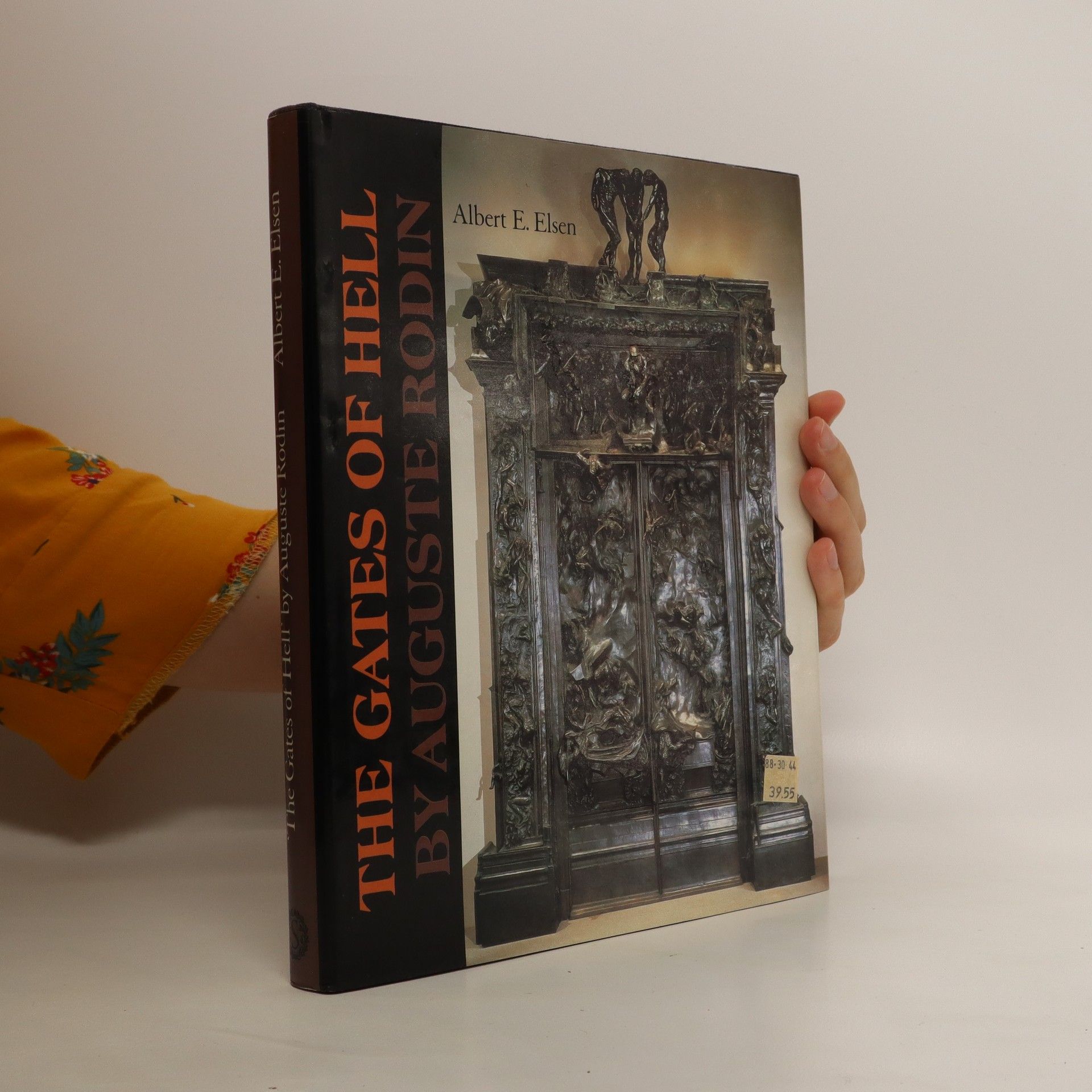Origins of Modern Sculpture
- 192 stránok
- 7 hodin čítania
This work examines the radical changes that transformed sculpture between 1890 and 1918.
Albert Edward Elsen bol uznávaným profesorom na Stanfordovej univerzite, bádateľom Augusteho Rodina a historikom moderného umenia. Jeho práca sa zameriavala na analýzu kľúčových postáv a hnutí v umení, pričom kládol dôraz na kritické hodnotenie a hlboké pochopenie umeleckých diel. Elsenov prínos spočíval v osvetlení vývoja moderného umenia a jeho dopadu na neskoršie generácie umelcov a teoretikov.


This work examines the radical changes that transformed sculpture between 1890 and 1918.
Library Journal: "A one-man Rodin industry, Elsen (Art History, Stanford) has written several books on the father of modern sculpture; and this is his second on ``The Gates of Hell.'' In the present richly illustrated volume, Elsen tells the story of the creation of the gates from the first preliminary drawings through their successive metamorphoses. Included are a panel-by-panel illustrated tour of the gates and a concluding chapter on Rodin's time. Free of the usual art historical cant, this is a very readable contribution containing much material of general interest on Rodin's emergence as one of the great sculptors of world history."--Raymond L. Wilson, Humanities Department, San Francisco State University